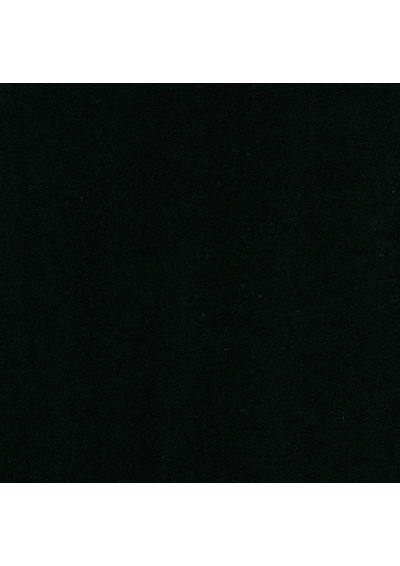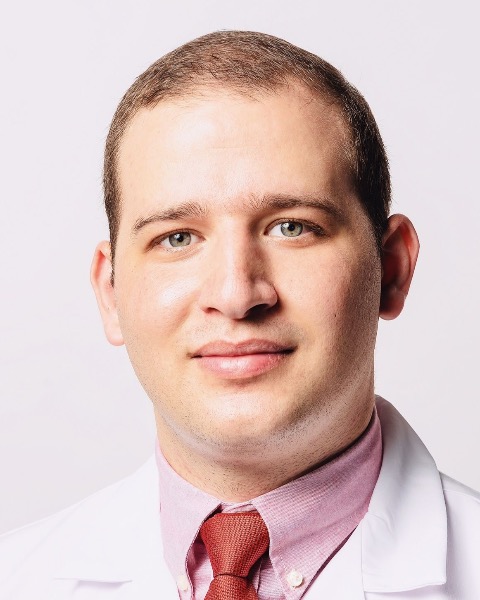Back

Poster Session D - Tuesday Morning
Category: Liver
D0605 - Resolution of Autoimmune Hepatitis With Concurrent Ulcerative Colitis After Colectomy: A Case Report
Tuesday, October 25, 2022
10:00 AM – 12:00 PM ET
Location: Crown Ballroom


Faris Hammad, MD
St. Vincent Charity Medical Center
Cleveland, OH
Presenting Author(s)
Faris Hammad, MD1, Abdul Rahman Al Armashi, MD2, Anas Al Zubaidi, MD3, Mohamed Homeida, MD1, Apoorva Krishna Chandar, MD2, Akram Alkrekshi, MD4
1St. Vincent Charity Medical Center, Cleveland, OH; 2University Hospitals Case Western Reserve University, Cleveland, OH; 3Johns Hopkins University, Baltimore, MD; 4MetroHealth Medical Center/Case Western Reserve University, Cleveland, OH
Introduction: UC is an idiopathic inflammatory disease results in diffuse inflammation and ulcers of the colonic mucosa. Hepatobiliary diseases are extraintestinal manifestations of UC. PSC is the most common condition; it shares a similar pathogenesis with IBD. However, some patients may develop AIH/overlapping syndrome, that may result from the chronic inflammation, alteration of the intestinal microbiota and mucosal barrier disruption resulting in toxins and bacterial translocation into the portal circulation. We aim to spot the light on a patient with severe UC complicated with AIH that resolved after colectomy.
Case Description/Methods: A 37-year-old Caucasian female was diagnosed with UC at age 29, she had severe UC, colonoscopy showed pancolitis with extensive mucosal ulcerations proximal to the splenic flexure. LFTs have been persistently high during follow up with elevation of AST and ALT 7-8 times the upper limit of normal. Serology showed positive ANA, ASMA, and elevated IgG. Liver biopsy showed portal mononuclear cell infiltrates, nondestructive cholangitis, and mild fibrosis consistent with AIH. Due to persistent symptoms despite medical therapy, and long-standing disease, patient had a proctocolectomy with one stage ileal pouch-anal anastomosis. During a follow up period of 24 months after surgery, LFT has consistently trended down to normal, and the titer of ANA dropped to < 1:80.
Discussion: Concurrent UC and AIH isn't commonly seen in practice. These patients have more tendency to develop the disease at younger age, severe disease, pancolitis, resistant to medical therapy, and higher risk of death or liver transplantation. Different pathogenesis behind this phenomenon have been suggested by researchers based on human or mice studies. Chronic inflammatory reaction, autoimmunity activation, and elevation of inflammatory markers could have resulted from the alteration of intestinal microbiota, disruption of the tight junctions proteins that increase the permeability of the colonic mucosa, resulting in toxins and bacterial translocation by the level of lipopolysaccharide to find their way to the liver through the portal circulation. Human studies showed that increased intestinal permeability correlated with the severity of the AIH. In our patient, we hypothesize that severity of the AIH has significantly improved after the patient had a colectomy in which the source of toxins has been eliminated. However, larger retrospective studies using the databases or prospective trials are suggested.
Disclosures:
Faris Hammad, MD1, Abdul Rahman Al Armashi, MD2, Anas Al Zubaidi, MD3, Mohamed Homeida, MD1, Apoorva Krishna Chandar, MD2, Akram Alkrekshi, MD4. D0605 - Resolution of Autoimmune Hepatitis With Concurrent Ulcerative Colitis After Colectomy: A Case Report, ACG 2022 Annual Scientific Meeting Abstracts. Charlotte, NC: American College of Gastroenterology.
1St. Vincent Charity Medical Center, Cleveland, OH; 2University Hospitals Case Western Reserve University, Cleveland, OH; 3Johns Hopkins University, Baltimore, MD; 4MetroHealth Medical Center/Case Western Reserve University, Cleveland, OH
Introduction: UC is an idiopathic inflammatory disease results in diffuse inflammation and ulcers of the colonic mucosa. Hepatobiliary diseases are extraintestinal manifestations of UC. PSC is the most common condition; it shares a similar pathogenesis with IBD. However, some patients may develop AIH/overlapping syndrome, that may result from the chronic inflammation, alteration of the intestinal microbiota and mucosal barrier disruption resulting in toxins and bacterial translocation into the portal circulation. We aim to spot the light on a patient with severe UC complicated with AIH that resolved after colectomy.
Case Description/Methods: A 37-year-old Caucasian female was diagnosed with UC at age 29, she had severe UC, colonoscopy showed pancolitis with extensive mucosal ulcerations proximal to the splenic flexure. LFTs have been persistently high during follow up with elevation of AST and ALT 7-8 times the upper limit of normal. Serology showed positive ANA, ASMA, and elevated IgG. Liver biopsy showed portal mononuclear cell infiltrates, nondestructive cholangitis, and mild fibrosis consistent with AIH. Due to persistent symptoms despite medical therapy, and long-standing disease, patient had a proctocolectomy with one stage ileal pouch-anal anastomosis. During a follow up period of 24 months after surgery, LFT has consistently trended down to normal, and the titer of ANA dropped to < 1:80.
Discussion: Concurrent UC and AIH isn't commonly seen in practice. These patients have more tendency to develop the disease at younger age, severe disease, pancolitis, resistant to medical therapy, and higher risk of death or liver transplantation. Different pathogenesis behind this phenomenon have been suggested by researchers based on human or mice studies. Chronic inflammatory reaction, autoimmunity activation, and elevation of inflammatory markers could have resulted from the alteration of intestinal microbiota, disruption of the tight junctions proteins that increase the permeability of the colonic mucosa, resulting in toxins and bacterial translocation by the level of lipopolysaccharide to find their way to the liver through the portal circulation. Human studies showed that increased intestinal permeability correlated with the severity of the AIH. In our patient, we hypothesize that severity of the AIH has significantly improved after the patient had a colectomy in which the source of toxins has been eliminated. However, larger retrospective studies using the databases or prospective trials are suggested.
Disclosures:
Faris Hammad indicated no relevant financial relationships.
Abdul Rahman Al Armashi indicated no relevant financial relationships.
Anas Al Zubaidi indicated no relevant financial relationships.
Mohamed Homeida indicated no relevant financial relationships.
Apoorva Krishna Chandar indicated no relevant financial relationships.
Akram Alkrekshi indicated no relevant financial relationships.
Faris Hammad, MD1, Abdul Rahman Al Armashi, MD2, Anas Al Zubaidi, MD3, Mohamed Homeida, MD1, Apoorva Krishna Chandar, MD2, Akram Alkrekshi, MD4. D0605 - Resolution of Autoimmune Hepatitis With Concurrent Ulcerative Colitis After Colectomy: A Case Report, ACG 2022 Annual Scientific Meeting Abstracts. Charlotte, NC: American College of Gastroenterology.
